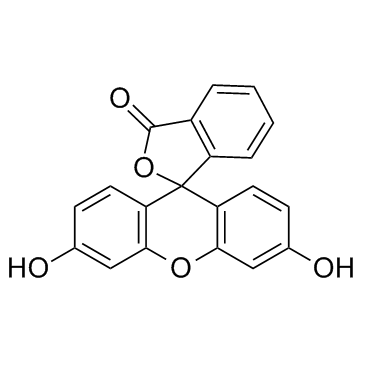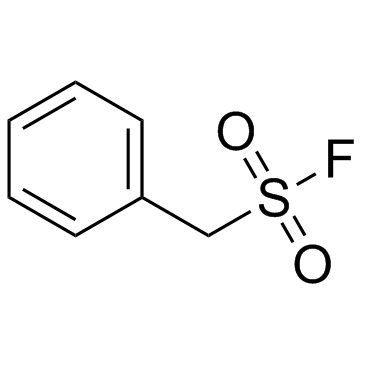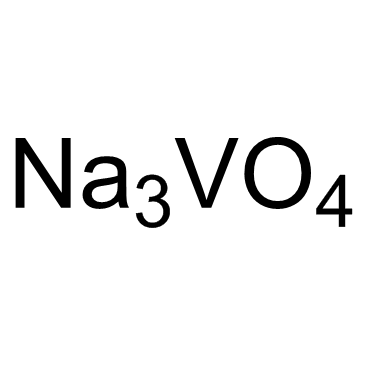| Structure | Name/CAS No. | Articles |
|---|---|---|
 |
Sodium hydroxide
CAS:1310-73-2 |
|
 |
sodium chloride
CAS:7647-14-5 |
|
 |
Fluorescein
CAS:2321-07-5 |
|
 |
3-Ethyl-2,4-pentanedione
CAS:1540-34-7 |
|
 |
Bis-tris methane
CAS:6976-37-0 |
|
 |
L-Glutamine
CAS:56-85-9 |
|
 |
Heptan-1-ol
CAS:111-70-6 |
|
 |
SODIUM CHLORIDE-35 CL
CAS:20510-55-8 |
|
 |
PMSF
CAS:329-98-6 |
|
 |
Sodium orthovanadate
CAS:13721-39-6 |